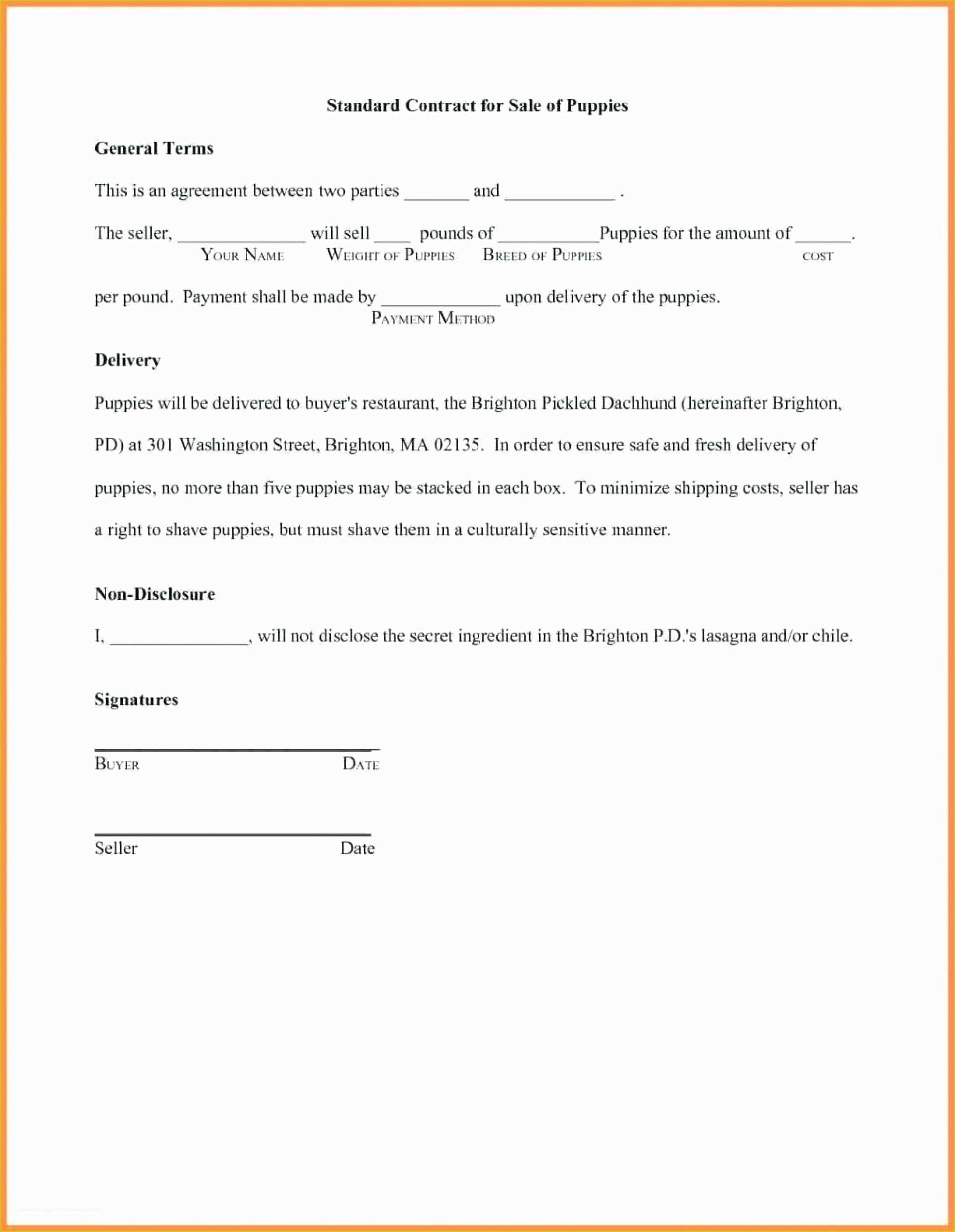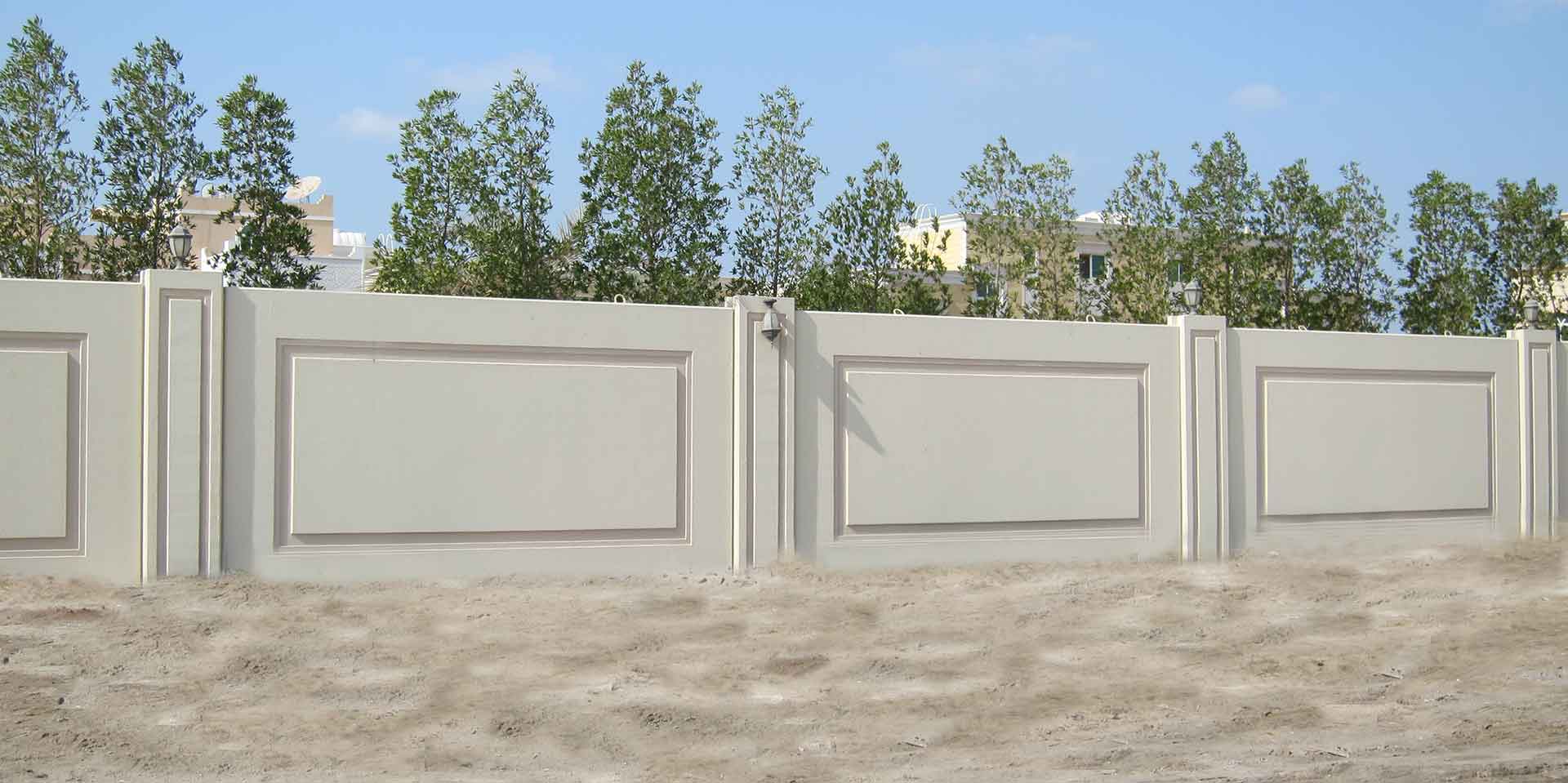September 4, 2024
Condensation On Wall Surfaces: Why Are My Walls Sweating?
What Types Of Moist Influence Your Walls? If you have actually spent any time jumping in between rented homes, you'll have listened to the tale of the aggravated lessees' final goodbye to an unpopular property owner. The most likely apocryphal lessees consistently ask the property manager to do something about the cool and the moist however every time, the landlord shrugs, mutters concerning just how much it would set you back and needs their lease. Two weeks after the tenants get their deposits back, the message shows up in letters of black mould. A crucial element of this technique is the lumpy plastic sheeting put at the base of the wall surface and underneath the piece edge.
Fixing Connecting Issues
Long Home Products may utilize automatic telephone technology to start phone call to its customers.
https://nyc3.digitaloceanspaces.com/party-wall-experts/local-surveyor-consultations/disputes/what-causes-damp-in-a.html Calls and in person price quotes may be videotaped for quality and training functions. To prevent ice dams altogether, check your home's insulation, air flow, and gutter systems before each winter months.
Links To The Various Other Damp Posts
One of the most direct technique to combating rising damp is the setup or repair of a damp-proof course. This barrier, typically made from waterproof materials like plastic, slate, or a specifically formulated chemical substance, is placed horizontally in wall frameworks to prevent moisture from climbing. In instances where the existing DPC is harmed or inadequate, fixing or replacing it is vital. Modern approaches frequently involve the shot of a silicone-based chemical into the wall surfaces, which drives away water and forms a safety barrier. One of the most efficient methods to stop rising moist is by installing a robust DPC. In older buildings where a DPC is missing or has actually fallen short, it's crucial to mount a brand-new one.
How to get rid of black mold – expert tips to remove mold from your home - Homes & Gardens
How to get rid of black mold – expert tips to remove mold from your home.
Posted: Thu, 30 May 2024 07:00:00 GMT [source]


Many improve the energy e fficiency of buildings but additionally hermetically secure them and keep dampness. Without it, buildings can not be kept, building and construction components fail and structures can not manage individuals living in them. These treatments are typically challenging or close to impossible to reverse once installed, which can trigger irreversible damages to a standard structure. If you haven't managed the underlying problem, the excess moisture will still be within the structure textile, which will at some point impact adjacent parts of the structure in some capacity. A drip information is a groove under a sill that is made to stop rain from getting to the joint where the sill and wall surface meet. Water can also penetrate through splits in stonework and other mistakes such as defective roof covering treatments. Dripping gutters and downpipes can saturate an old solid-walled structure and may just appear internally when the wall surface is filled. A wet wall will have a reasonably reduced temperature and will potentially fall below the thermal dew point. If this occurs, it can cause condensation forming, which will exacerbate inner moist troubles. Before we get onto exactly how to get rid of dampness, allow's learn what causes it. Usually, there is more than one source of moisture, which can complicate issues. In these circumstances, it is recommended that an appropriately qualified RICS surveyor is engaged to evaluate the residential property and provide clear and neutral recommendations on ideal remedies. The essential to taking care of condensation inside a building is to maintain the building's material above the thermal humidity. The average family creates 12 to 15 litres of water daily just with typical daily tasks.
- An even more long lasting solution can include setting up a/c, to get air flowing via your home, which will lug the moisture away.
- Oftentimes, nonetheless, homes and cellars can be structurally audio however are often not effectively developed to take care of water drainage.
- When it is non-existent, malfunctioning, or connected, moisture finds a very easy path upwards.
- This refers to the molting and collapsing that occurs on the block's surface area.
- When this type of damages has set in, penetrating wet will just worsen.
- Water is gathered and drained pipes right into a sump utilizing one more network placed on top of the slab, then via a catch to the sump basin.
To avoid reduced moisture in your home, you ought to find ways to include even more wetness right into the air. For instance, you could want to leave a door open to let vapor getaway from the shower. Consider investing in some pot plants also as they launch dampness right into the air. But beware you do not overdo it, and end up with an issue of high humidity as a result. Humidifiers are not advised for use in buildings without correct vapor barriers due to prospective damages from wetness build-up. Seek advice from a building specialist to figure out the competence of the vapor barrier in your residence. Make use of a moisture indication to measure the family member humidity in your house. The American Culture of Heating and Cooling Engineers (ASHRAE) advises these optimum indoor humidity degrees. Timber has a particular amount of water, in optimal conditions, and when it loses excessive moisture in dry air it experiences shrinking. Faulty drainage is an additional common reason for wetness in a structure's material. However, localized moisture at the base of a structure's walls can suggest leaking drain. A closed-circuit tv (CCTV) system can also aid determine leaking below ground pipelines. In the winter, when temperatures begin to drop, it prevails to keep windows closed. Search for running water on home windows for indicators of condensation, along with tarnished curtains, decaying home window frames or moulding on paint and wallpaper.
How to prevent moisture on walls?


